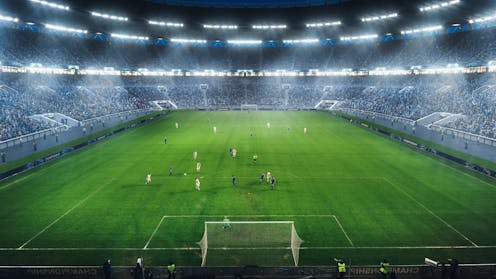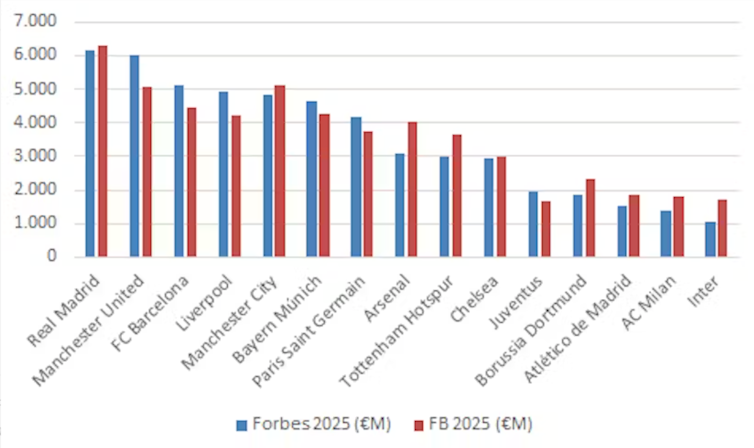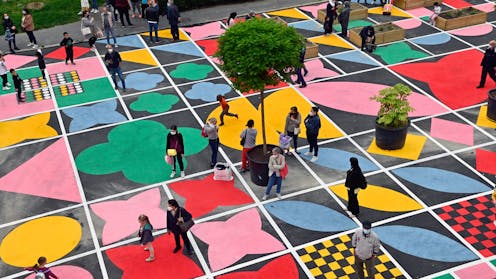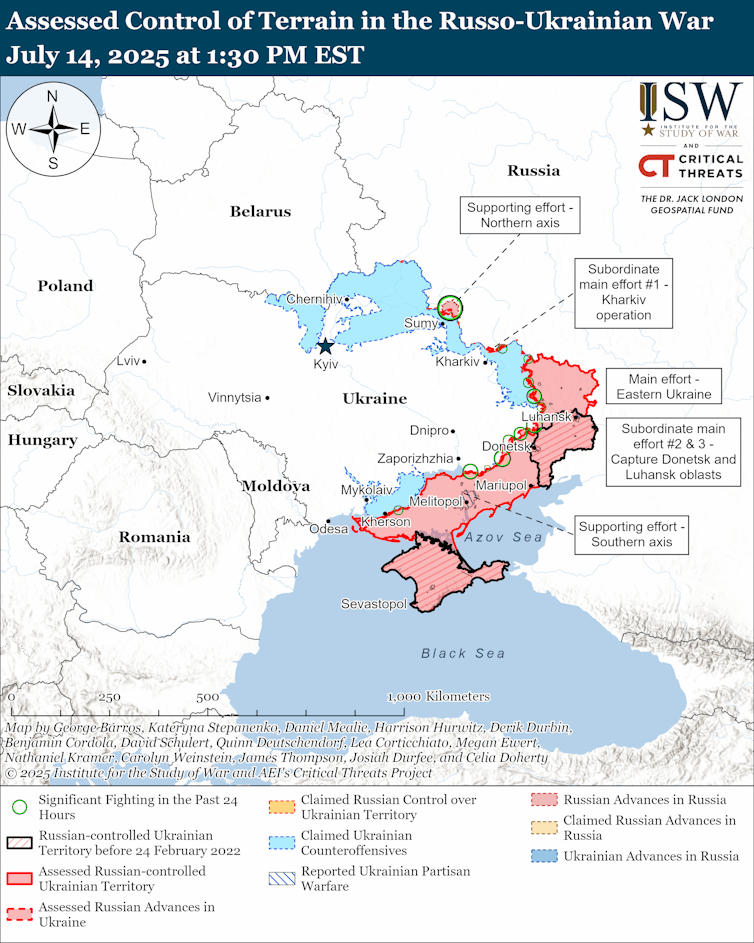Source: The Conversation – (in Spanish) – By Fernando G. Brun Murillo, Catedrático de Ecología, Universidad de Cádiz
El reto de combatir el cambio climático ha evidenciado la necesidad de promover diversas medidas para alcanzar la neutralidad climática, es decir, que las emisiones netas de gases de efecto invernadero sean cero.
En los últimos meses, tanto en España como en Europa se han aprobado distintas normativas encaminadas a fomentar la certificación de absorciones obtenidas a través de proyectos de captura de carbono en una amplia diversidad de ecosistemas. Esto ha abierto un arcoíris de colores para el carbono en función del lugar donde es capturado: verde en ecosistemas terrestres; azul en ecosistemas marinos; verdeazulado en humedales de agua dulce; púrpura a través de captura directa del aire o en industrias; y blanco y rosa según si es capturado en salinas o en ecosistemas de algas calcáreas.
Sin embargo, ¿qué requisitos deberían cumplir esos estándares de certificación que fomentan la venta de absorciones en el llamado mercado voluntario de carbono para ser realmente útiles y evitar el “ecopostureo. Este mercado voluntario permite a promotores privados y públicos compensar sus emisiones de dióxido de carbono (su huella de carbono) con la compra de créditos de carbono generados a través de proyectos de absorción certificados.
Leer más:
Europa contra el ‘greenwashing’ de las marcas
¿Cómo afrontamos el cambio climático?
La reducción drástica a nivel global en las emisiones de gases de efecto invernadero debe ser la principal medida si queremos mantener el incremento en la temperatura por debajo de los niveles fijado desde el Acuerdo de París. Aunque aún estamos lejos de dicho objetivo, Europa ha liderado en los últimos años el camino a través de diversas normativas dirigidas a lograr la neutralidad climática para el año 2050.
Sin embargo, como advierten desde la Unión Europea y desde el Panel Intergubernamental de Cambio Climático (IPCC), para poder obtener cero emisiones netas de CO₂ será necesario incrementar de forma significativa las absorciones de CO₂ de la atmósfera en reservorios a largo plazo. El objetivo es contrarrestar tanto las emisiones difusas, aquellas liberadas a la atmósfera desde fuentes que no están concentradas en un solo punto, como chimeneas, sino que se dispersan en un área más amplia; como las residuales, que persisten incluso después de implementar las mejores tecnologías y prácticas disponibles para reducir la contaminación.
¿Cómo lograr la neutralidad climática?
Para lograrlo, cualquier empresa o administración pública debería poder medir su huella de carbono a través de protocolos estandarizados. Posteriormente, debería diseñar planes de reducción de dichas emisiones tanto a corto como a medio plazo.
Una vez reducidas al mínimo, el siguiente paso es compensar las mismas a través del fomento de actividades que conlleven una captura de gases de efecto invernadero a largo plazo. Estas suelen expresarse en forma de capturas en toneladas de CO₂-equivalente, tras la conversión del poder calorífico en la atmósfera de los distintos gases de efecto invernadero a unidades de CO₂.
A nivel europeo, la tipología de proyectos y actividades que se podían incluir dependía de la normativa de cada país, ya que, hasta la reciente aprobación del Reglamento (UE) 2024/3012, no existía un marco regulatorio común. Este documento recoge proyectos y actividades que mejoran el almacenamiento de CO₂ a largo plazo en depósitos geológicos, terrestres y marinos.
Integra, además, aquellas actividades que reduzcan las emisiones de gases de efecto invernadero, como las derivadas del cambio en el uso del suelo, gestión de turberas o mejoras en las prácticas agrícolas. También incluye actividades que fomenten la captura de CO₂ en productos con una vida larga.
Marco o estándar de certificación de absorciones de carbono
Para que cualquiera de estas actividades sea considerada, debe someterse a un marco de certificación o a un estándar que defina de forma clara su tipología. También debe determinar los actores que intervienen en el proceso, los plazos y documentación requeridos en los distintos procedimientos, las metodologías utilizadas para estimar y verificar las capturas obtenidas, dónde quedarán registradas esas absorciones y cómo pueden utilizarse, etcétera.
Al fin y al cabo, un estándar no es más que un conjunto de reglas que pretende dar una garantía y seguridad jurídica tanto a quien promueve la actividad, como a quien adquiere esas absorciones para compensar sus emisiones. Además, también debe generar seguridad y confianza a los ciudadanos que toman decisiones en función de las políticas de responsabilidad ambiental de las empresas.
Leer más:
¿Cómo se evalúa la responsabilidad social y ambiental de las empresas?
Entre los puntos más importantes que deben incorporar estos estándares destacan el establecimiento de los criterios que aseguren la adicionalidad de la actividad. Es decir, deben asegurar que el proyecto genera un incremento neto en capturas de carbono, que no se desarrolla por una obligación legal y que sin la financiación proveniente de los créditos de carbono generados no se llevaría a cabo el mismo.
También es importante que definan claramente el periodo durante el cual las absorciones de CO₂ atmosférico son atribuibles al proyecto (periodo de crédito) y el tiempo en el que el promotor del proyecto se compromete a velar por la integridad de las absorciones de carbono capturadas (periodo de permanencia). Además, deben incluir las metodologías necesarias para llevar a cabo la verificación y certificación de las absorciones conseguidas, así como su seguimiento, y evitar la doble contabilidad de las absorciones certificadas.
Sin un establecimiento claro de estos aspectos podrían desarrollarse actividades que generaran absorciones fantasmas o con nula utilidad climática. Es decir, proyectos de absorción donde no existe adicionalidad, y por lo tanto, no se logra una reducción neta de las emisiones y/o se certifican absorciones inexistentes.
Las novedades del reglamento europeo
La mayoría de estos aspectos son tratados en el nuevo Reglamento (UE) 2024/3012 del Parlamento Europeo. No obstante, existen muchas incertidumbres sobre distintos aspectos que deberán irse solventando en próximas fechas. A pesar de ello, esta nueva normativa tiene aspectos novedosos al incluir por primera vez a nivel europeo las capturas producidas en ecosistemas marinos y costeros, responsables de más del 50 % del enterramiento de carbono a nivel global. Algo que, replicado recientemente a nivel nacional a través del Real Decreto 214/2025, ya fue abordado de un modo pionero por la Junta de Andalucía hace algo más de dos años, con la publicación del Estándar andaluz de carbono para la certificación de créditos de carbono azul. Esta iniciativa ha permitido poner en marcha el primer proyecto de absorción de carbono azul en Europa certificado por una administración pública.
Sin perder de vista un objetivo: la sostenibilidad
El reglamento europeo incluye, además, una salvaguarda para evitar el ecoposturero y fomenta la obtención de beneficios secundarios en la ejecución de este tipo de actividades en relación con los objetivos de sostenibilidad. Por ejemplo, se fomenta que los proyectos incrementen los beneficios directos e indirectos que recibe el ser humano de los ecosistemas (las funciones y servicios ecosistémicos), así como la obtención de mejoras tangibles en las comunidades locales donde se desarrolle el proyecto.
Tengamos en cuenta que el foco de atención está actualmente en el carbono, y debe utilizarse como paraguas para mejorar la gestión y conservación de nuestros ecosistemas, permitiendo una entrada de financiación privada para desarrollar conservación pública. Sin embargo, hay que evitar que se convierta en una herramienta vacía o especulativa porque, como ya decía el refrán, “no es carbono todo lo que reluce”.
![]()
Fernando G. Brun Murillo recibe fondos de Proyecto de investigación DAME (PDC2021-120792-100), financiado por el Ministerio de Ciencia e Innovación, la Agencia Estatal de Investigación y por la Unión Europea “NextGenerationEU” y proyecto FINOCAME (PCM_00104. C17 . I03.) Plan de Recuperación, Transformación y Resiliencia. Financiado por la Unión Europea NextGenerationEU.
– ref. Nuevas reglas para fomentar la captura de carbono y alcanzar el objetivo de cero emisiones – https://theconversation.com/nuevas-reglas-para-fomentar-la-captura-de-carbono-y-alcanzar-el-objetivo-de-cero-emisiones-257701
















